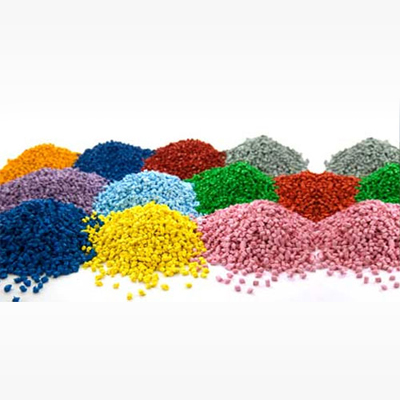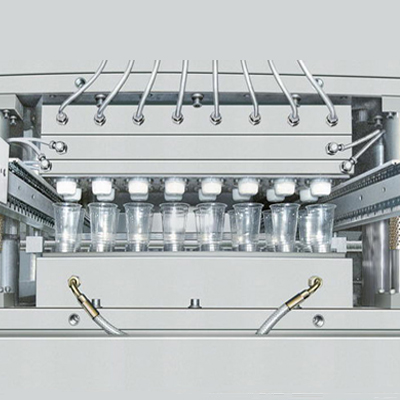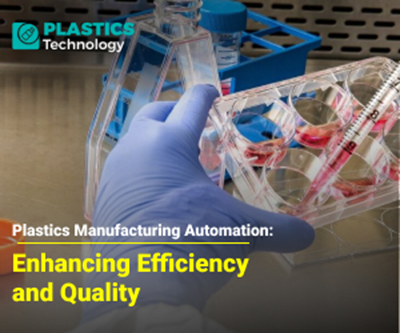Revolutionizing Plastic Manufacturing: Advances in Precision Molding Technologies

Introduction:
Precision molding technologies have undergone significant advancements in recent years, revolutionizing the plastic manufacturing landscape. These innovations play a pivotal role in elevating product quality and consistency, addressing the demands of various industries. In this article, we will delve into the latest breakthroughs in precision molding techniques and explore their profound impact on enhancing the overall manufacturing process.
Micro-Injection Molding:
Micro-injection molding has emerged as a transformative technology in the realm of plastic manufacturing, enabling the production of intricate and miniature plastic components with unparalleled precision. This technique involves injecting small amounts of thermoplastic material into precise molds, allowing for the creation of intricately detailed and complex structures at a microscopic scale. Particularly valuable in industries where precision is paramount, micro-injection molding has found widespread applications in sectors such as medical devices and electronics.
In the medical field, this technology facilitates the production of tiny components for devices like catheters, connectors, and implantable devices, where precision and biocompatibility are critical.
In the electronics industry, micro-injection molding is instrumental in crafting miniature components for micro-electromechanical systems (MEMS), sensors, and connectors. The ability to achieve sub-millimeter tolerances and produce components with intricate geometries positions micro-injection molding as a key enabler for the miniaturization trend, driving innovation in diverse high-tech industries.
| Also Read: The Art of Plastic Injections in Manufacturing |
Multi-Material Molding:
Multi-material molding technologies represent a significant leap forward in the field of plastic manufacturing, offering unparalleled capabilities for creating complex and functional components. These techniques involve the simultaneous injection of different materials into a single mold, enabling manufacturers to achieve a harmonious blend of diverse properties within a single product. The advantages of multi-material molding extend beyond enhanced functionality to include improvements in product aesthetics. By seamlessly integrating materials with different colors, textures, or properties, manufacturers can elevate the visual appeal of their products.
One industry where multi-material molding has gained substantial traction is automotive manufacturing. In the automotive sector, combining materials with varying properties allows for the creation of components that excel in durability, performance, and overall functionality. For instance, integrating rigid and flexible materials in automotive seals or gaskets enhances their resilience and longevity.
Moreover, the ability to incorporate materials with different textures and finishes in interior components contributes to a more refined and visually appealing automotive cabin. The versatility of multi-material molding positions it as a pivotal technology, not only for improving the structural integrity of products but also for enhancing the overall aesthetics and user experience across various industries.
In-Mold Sensors and Monitoring:
The integration of sensors and monitoring systems directly into molds represents a groundbreaking advancement in plastic manufacturing, ushering in a new era of precision and efficiency. In-mold sensors and monitoring enable real-time data collection throughout the molding process, offering manufacturers unprecedented insights into various parameters. This technology allows for continuous monitoring of factors such as temperature, pressure, and fill rates, providing valuable data that can be analyzed in real time. The immediate feedback loop created by in-mold sensors enables manufacturers to optimize the molding process on the fly, making instant adjustments to ensure consistent and high-quality output.
The benefits of this technology are multifaceted, ranging from improved quality control and reduced defects to increased overall production efficiency. By swiftly identifying and rectifying potential issues during the molding process, manufacturers can significantly minimize defects, enhance product quality, and streamline production cycles. In-mold sensors and monitoring systems not only represent a leap forward in technology but also a practical solution for achieving higher levels of precision and operational excellence in the plastic manufacturing industry.
3D Printing in Molds:
The integration of 3D printing in mold fabrication has revolutionized traditional manufacturing processes, offering unprecedented flexibility and efficiency. Additive manufacturing techniques have paved the way for the creation of complex mold designs with intricate geometries that were once challenging to achieve using conventional methods. By leveraging 3D printing, manufacturers can rapidly prototype molds with enhanced precision and intricate details, enabling iterative design improvements in a fraction of the time compared to traditional mold-making processes. This technology not only accelerates the product development cycle but also facilitates customization, as 3D-printed molds can be easily modified to meet specific design requirements. Additionally, the impact of 3D printing in mold fabrication extends to rapid tooling, allowing for the swift production of molds tailored to unique specifications. Overall, the incorporation of 3D printing in mold fabrication represents a paradigm shift, empowering manufacturers with greater design freedom, accelerated prototyping, and enhanced customization capabilities in the ever-evolving landscape of plastic manufacturing.
Advanced Cooling Techniques:
Advanced cooling techniques in mold manufacturing have emerged as a crucial element in optimizing plastic production processes, with innovations such as conformal cooling channels leading the way. Unlike traditional cooling methods, conformal cooling involves the integration of intricate cooling channels that follow the contours of the mold, ensuring a more uniform temperature distribution during the molding process. This innovation minimizes hot spots and reduces thermal stresses, leading to improved part quality. The precise control over temperature enabled by conformal cooling not only enhances the structural integrity of the molded components but also contributes to shorter cycle times. By efficiently dissipating heat throughout the mold, manufacturers can accelerate the cooling phase, resulting in quicker production cycles and increased overall efficiency. The advancements in mold cooling technologies, particularly the adoption of conformal cooling, signify a transformative step forward in plastic manufacturing, offering a potent means to achieve superior part quality and operational efficiency.
Real-Time Process Control with AI:
The integration of artificial intelligence (AI) into precision molding processes marks a paradigm shift in the way manufacturers optimize their operations. AI algorithms are now playing a pivotal role in analyzing real-time data during the molding process, allowing for dynamic adjustments and optimizations. By continuously monitoring and interpreting variables such as temperature, pressure, and cycle times, AI-driven systems can identify patterns and correlations that may elude traditional control methods. This real-time process control enables the optimization of molding parameters, leading to a host of benefits. One significant advantage is the reduction in energy consumption, as AI can fine-tune heating and cooling systems for optimal efficiency. Moreover, AI's ability to adapt in real-time contributes to minimizing waste by preventing defects and ensuring consistent product quality. The overall efficiency of precision molding processes is substantially increased, as AI-driven systems enhance not only the quality of the final product but also the resource utilization throughout the manufacturing cycle. As manufacturers increasingly embrace the power of AI in precision molding, the industry is poised for higher levels of sustainability, cost-effectiveness, and operational excellence.
Automated Quality Assurance:
Automated quality assurance has become a cornerstone in precision molding, thanks to the integration of sophisticated inspection systems leveraging vision technology and robotics. These automated systems play a crucial role in real-time quality assurance throughout the molding process. Vision systems equipped with advanced cameras and sensors meticulously examine each molded component, swiftly identifying deviations from desired specifications. Collaborating seamlessly with robotic arms, these systems can perform intricate inspections with precision and speed, contributing to the overall efficiency of the manufacturing process.
The impact on defect detection is profound, as automated systems can identify even subtle imperfections that may elude human inspection. By detecting defects in real-time, manufacturers can promptly address issues, preventing the production of faulty parts and ensuring that only high-quality components reach the final stages of manufacturing. This not only safeguards product quality but also reduces waste, minimizing the resources invested in flawed products.
The implementation of automated quality assurance in precision molding brings about a paradigm shift, ensuring consistency in the final product while enhancing the overall efficiency of the manufacturing workflow. Manufacturers can confidently meet stringent quality standards, reduce costs associated with defects, and uphold their reputation for delivering reliable, high-quality molded components.
Conclusion:
Precision molding technologies are at the forefront of shaping the future of plastic manufacturing. As industries continue to demand higher precision, efficiency, and quality, staying abreast of these advancements is crucial for manufacturers looking to remain competitive. The integration of these cutting-edge techniques not only enhances the capabilities of precision molding but also paves the way for more sustainable and efficient plastic manufacturing processes.




